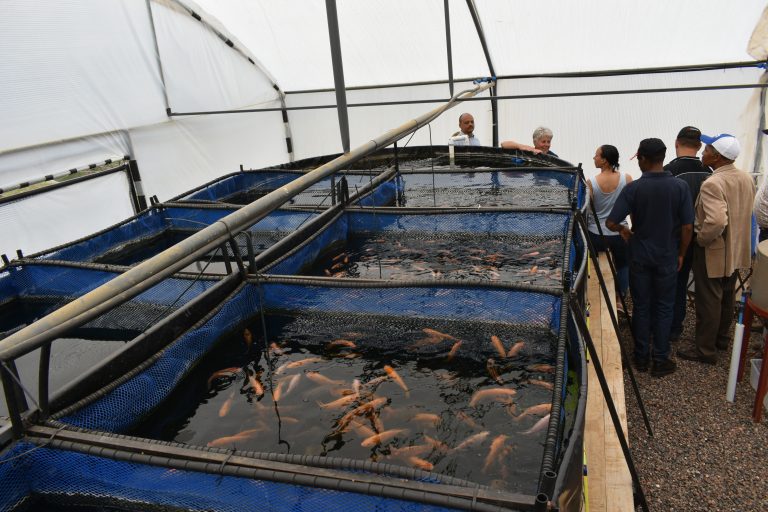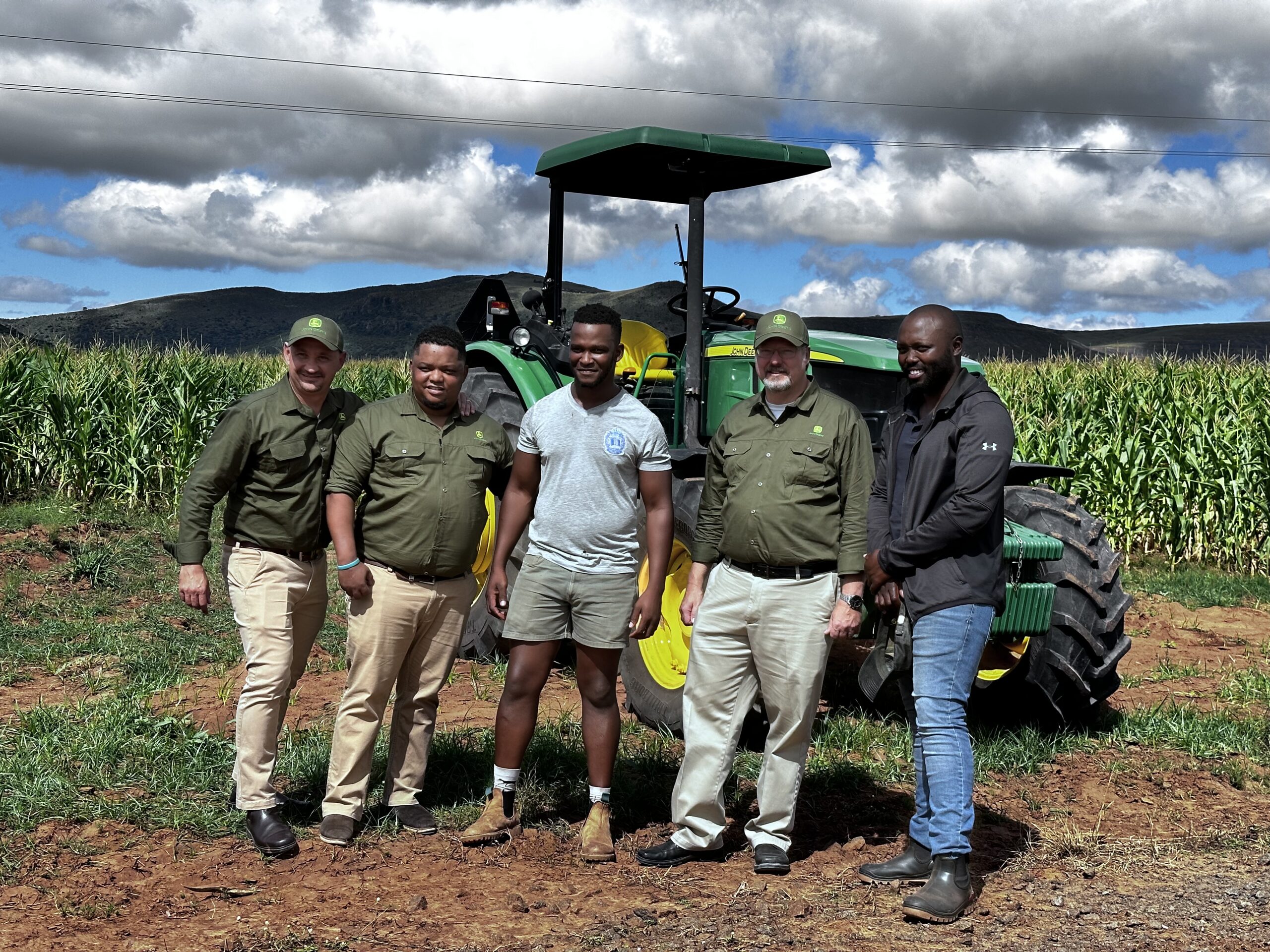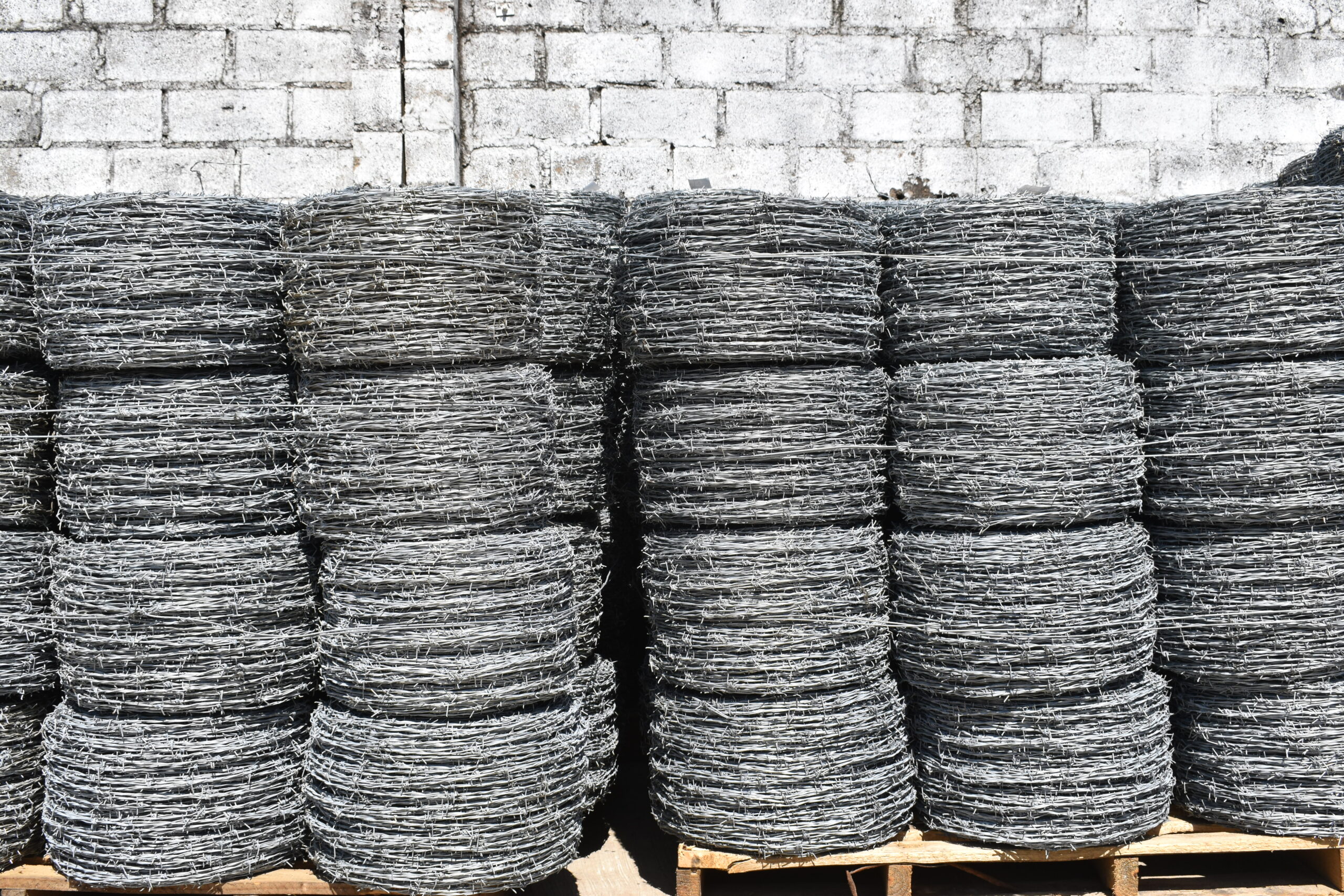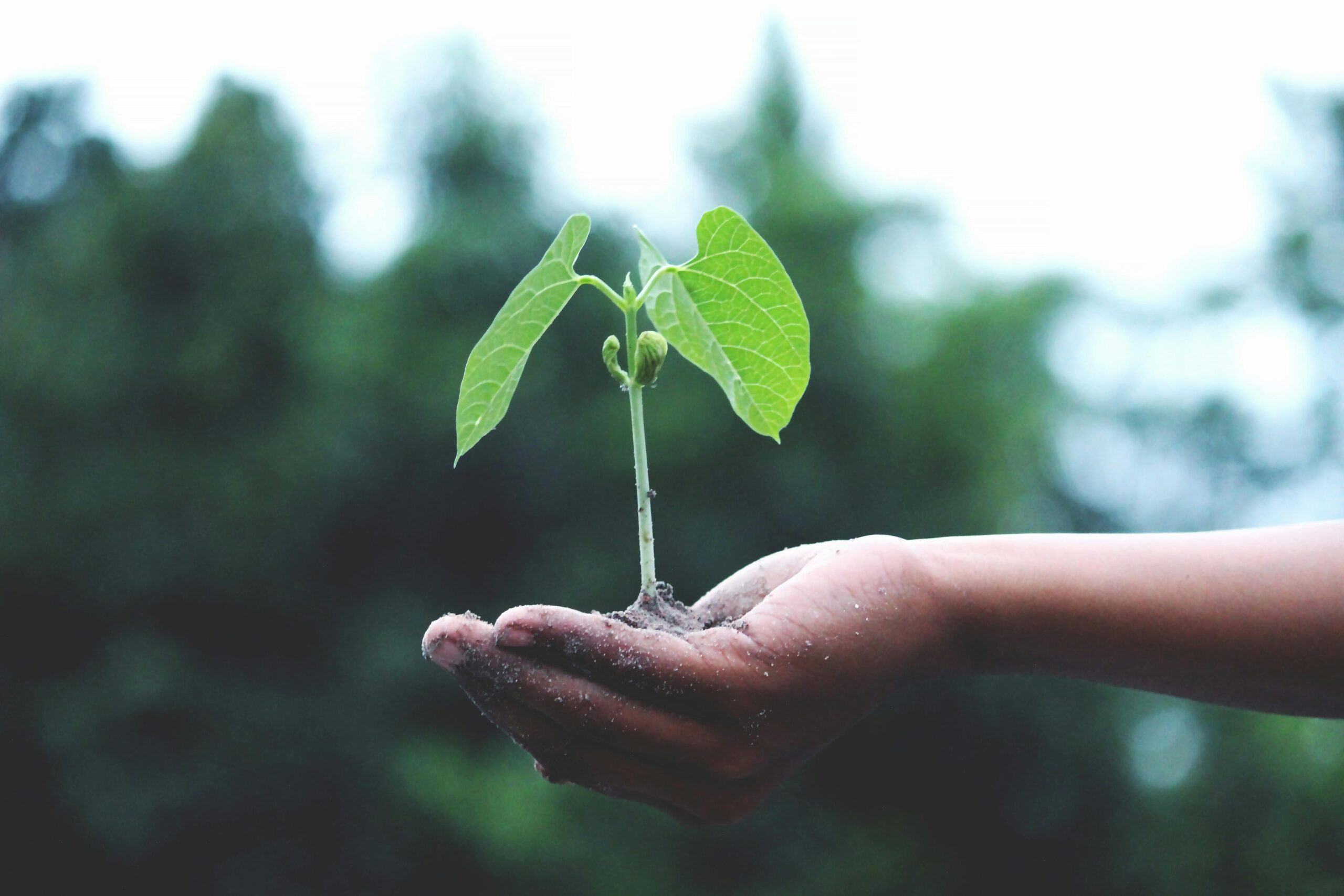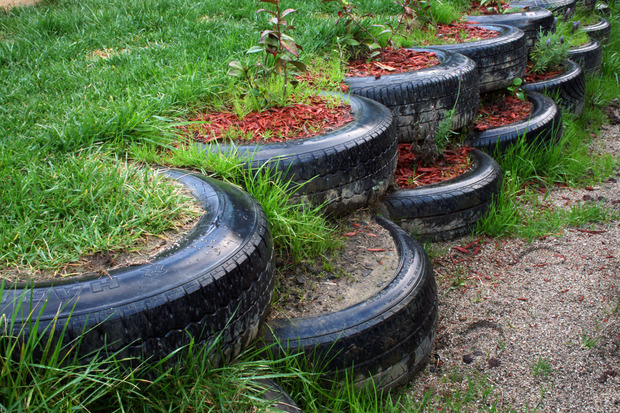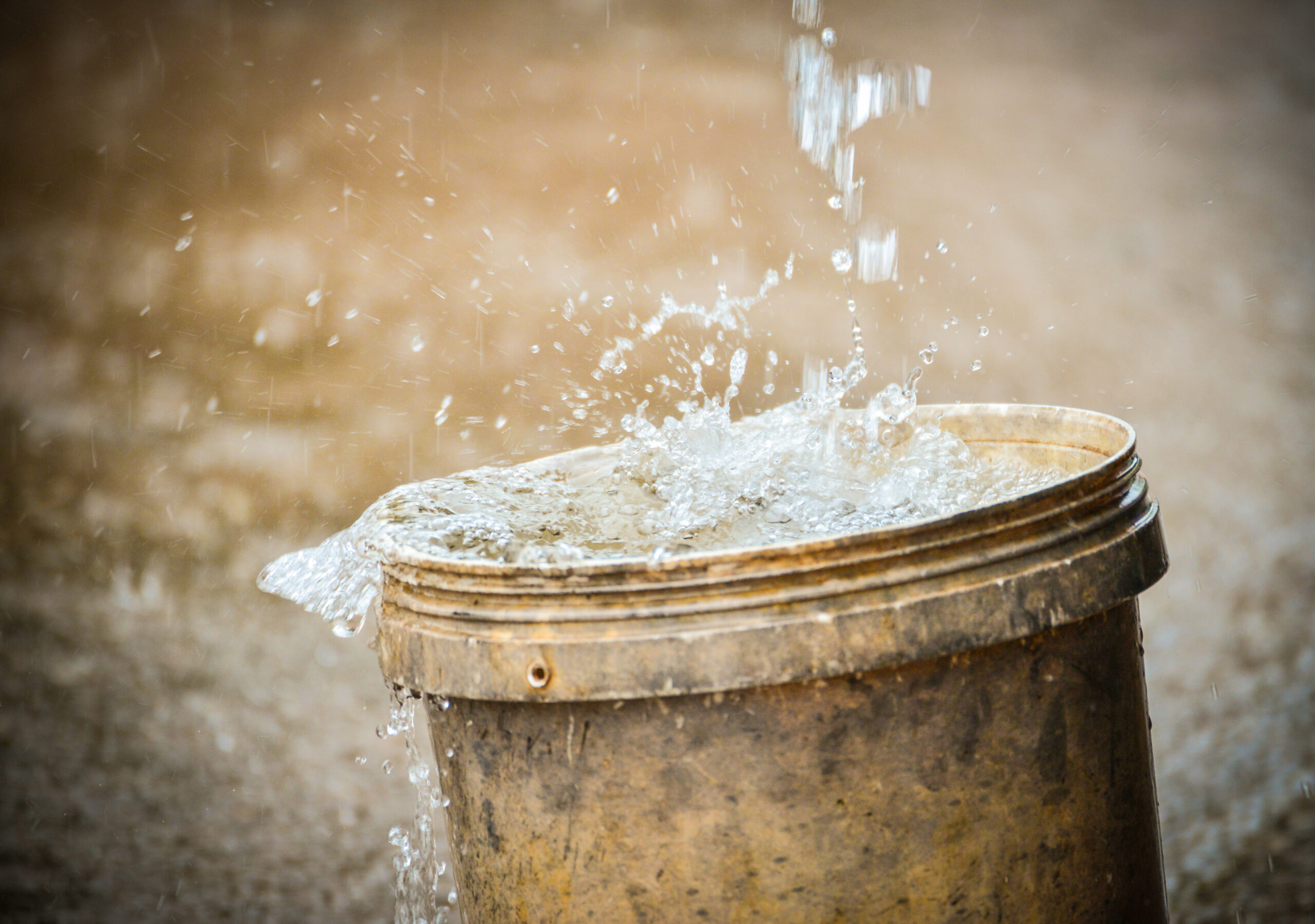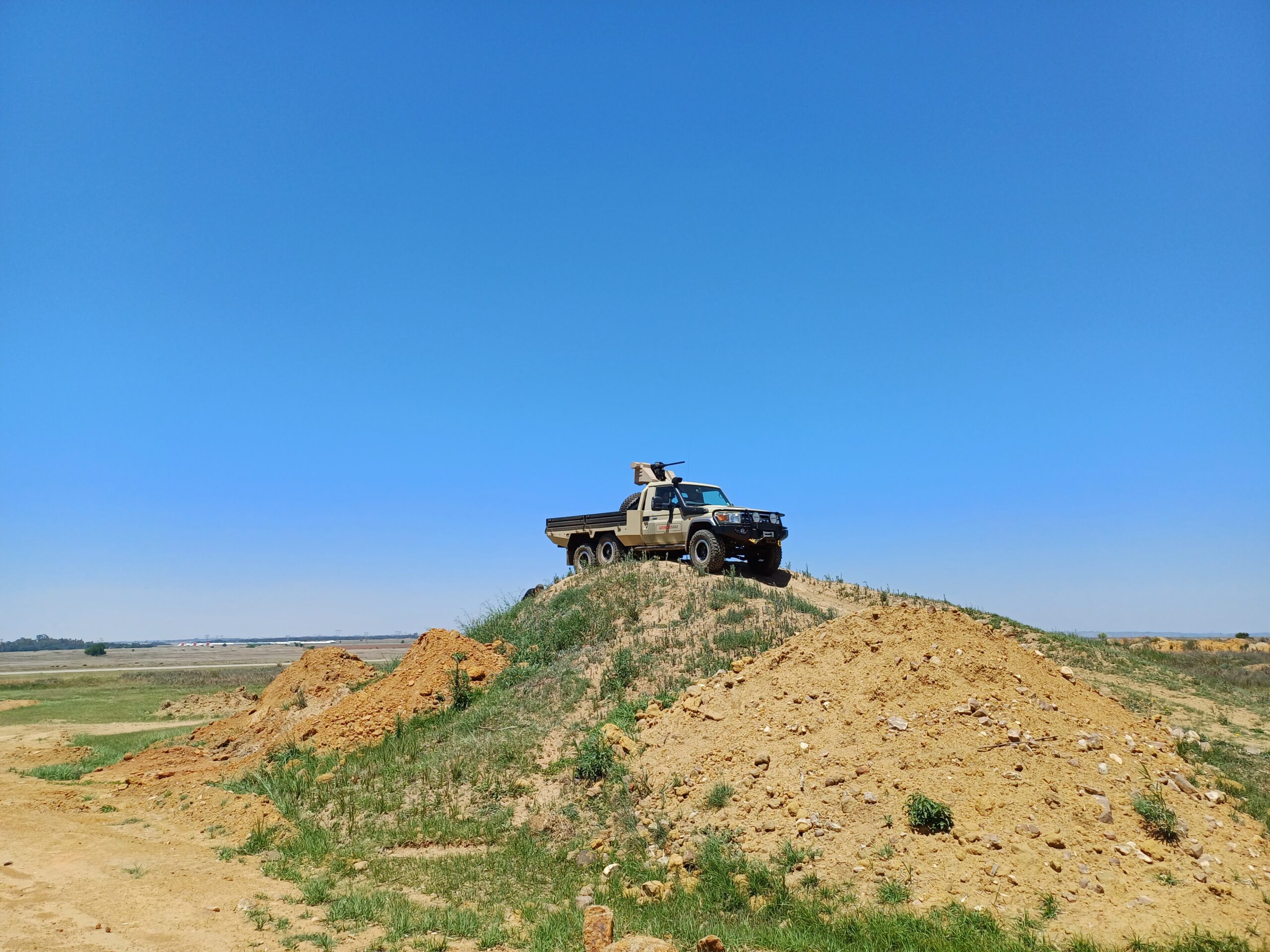One of the interesting aspects of agriculture is that, as researchers become more knowledgeable on production systems, the outcome can be achieved in a more efficient and effective manner.
Innovation usually has multiple purposes and what benefits one agribusiness can benefit another. Many Sub-Sahara Africa farmers have been exposed to the use of greenhouses for plant/crop production systems, but are unaware of their use in aquaculture.
Aquaculture broadly refers to the cultivation of aquatic organisms in controlled aquatic environments for any commercial, recreational or public purpose. The main purpose of the practice is for food production for human consumption; rebuilding of populations of threatened and endangered species; habitat restoration; wild stock enhancement; production of baitfish; and fish culture for zoos and aquariums. The most common farming operation is the breeding of young fish and shrimp. They are also used for growing algae for medicinal, cosmetics or aquatic animal feeding applications, and the growing of micro-algae for biodiesel production.
The use of greenhouses in aquaculture ensures that production is better managed to obtain the best results and yields. Selection of the aquaculture greenhouses will, of course, depend on the project requirements. One of the advantages that greenhouses provide in aquaculture is protection from predators. The structure’s enclosed form ensures that birds and other types of animals cannot enter the production space. Not only do they prevent product loss from animals, but they also protect the project from equipment theft and from adverse weather effects; for example equipment made from iron is better protected against rust in a greenhouse than out in the open.

In aquaculture, greenhouses make temperature management possible. Fish and shrimp production in a greenhouse require specific production conditions for healthier fish and plants. Warm climates may not need additional heating, but the temperature in cold climates needs to be regulated. In some cases, air conditioning may be employed and a water cooler can be installed to deal with high temperatures.
Most aquaculture systems work by employing water reticulation systems that allow the reuse of water. An aquaculture greenhouse prevents water loss and contamination by keeping the system clean and free from contaminants. As natural light is employed for greenhouses, the energy costs are not too high. For example, during some seasons the fish need to stay out of direct sunlight to prevent algae growth and water heating, but this can be controlled in any greenhouse structure by covering the fish tank with a shade cloth.
A disadvantage of greenhouses for aquaculture is that they are expensive. The cost, of course, depends on the size, structure, type, location, and utility integration, but in general the larger the space you need, the more costly and more advanced the equipment. Other costs to look out for are the electricity costs for pumps, air conditioning, security systems and automatic mechanical parts, therefore an investment for a solar system may need to be made. Aquaculture greenhouse systems are generally high maintenance due to the sensitivity of fish.
They respond quickly to changes in temperature, oxygen, et cetera. This makes it imperative that the project overseer or manager knows how to control and troubleshoot the equipment. It is advisable to have a daily, weekly, monthly and annual checklist. As Sub-Saharan farmers, the public and private sector become more aware of the various aquaculture projects they can engage in.
References
Chassouant, C. (2020) Use of greenhouses in aquaculture: shrimps production. Available at: https://horti-generation.com/aquaculture-intensive-productionusing-greenhouses/
Shrimp and Fish Ponds. (2023) Available at: https://top.pro/aquaculture-solution/
Aquaculture. Available at: https://www.ulmaagricola.com/en/applications/aquaculture/
Jagdish (2022) Available at: https:// www.agrifarming.in/aquaponics-farmingin-the-greenhouse-a-full-guide
GAPs for greenhouse vegetable crops: Principles for Mediterranean climate areas. FAO plant production and protection paper. Available at: https://www.fao.org/3/i3284e/i3284e.pdf
Campbell, L. Great crops to grow inside a greenhouse. Available at: https://modernfarmer.com/2022/01/what-to-growin-a-greenhouse/

